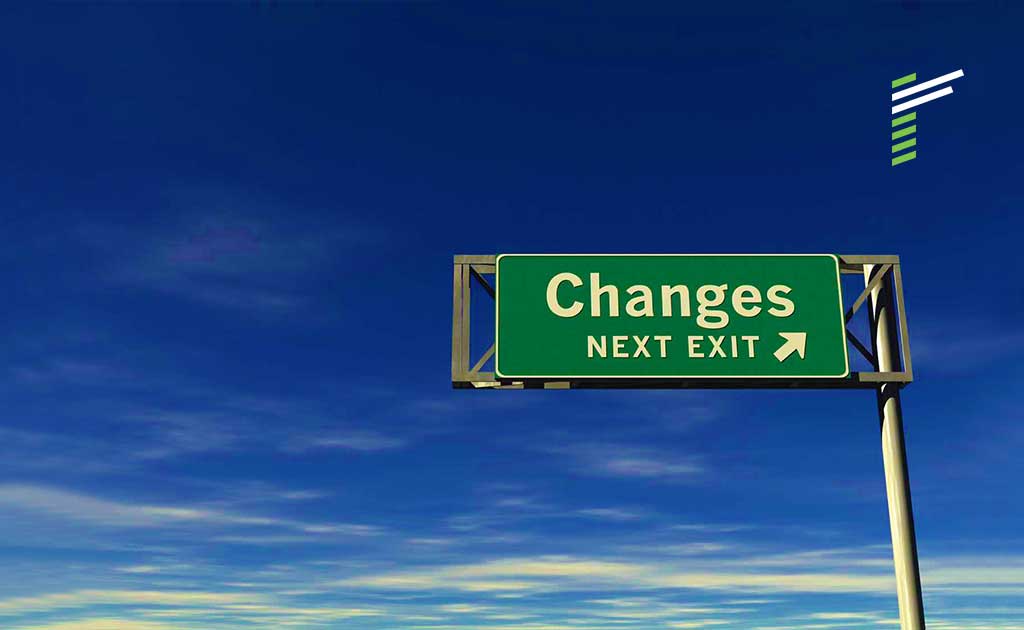I ended my last column saying that companies need to be agile, resilient and innovative, especially in the New Normal. I’ve been reflecting on that, and I thought it would be a good idea to define them because everybody has a different idea of what they mean. These are mine:
Agile
Quick and spry, agile companies sprint forward even when things are ambiguous and uncertain. Their workforces have been empowered to make decisions at the point of execution rather than wait for the approval of managers.
Resilient
Like trees with deep roots and flexible trunks, resilient companies withstand the strong winds of economic uncertainty because of their sustainable and future-proof portfolios and business models.
Innovative
These are the disruptors, the rebels. Innovation is deeply embedded in their DNA. They are designed to enable breakthroughs – from processes down to the mindset of each employee.
The push to change
As I reflect on these and observe the many companies out there, I realise that so many are not doing enough to ensure that they have these qualities.
The reality is this – the impetus to change often comes from external forces.
In some industries where the market is unstable and constantly changing (the telecommunications industry, for example) companies need to be quick, agile, constantly innovating and resilient because if they aren’t, they’ll be in trouble.
Our newspapers are full of stories of companies who were once leaders of their market but are now a shadow of what they were due to their inability to adapt to new technologies or innovate fast enough to overtake competitors.
But then there are industries where the environment is stable and not much changes. Electricity generation and distribution, for example. Unsurprisingly, in these environments, management tend to be very static, bureaucratic and slow to change.
The threat to their market dominance is very low. So, these companies do not have any external existential threats. Management is probably thinking: Why bother being agile or developing anything quickly?
But is stability guaranteed these days, even for these industries? As COVID-19 proved, anything can happen.
Shock treatment
One of our clients is a well-established holding company. We were surprised to find out that while the rest of the world has moved on to digital systems, they were still doing things in an antiquated way, using tools that were 20 years old. Imagine, an established holding company with business globally and they didn’t even have an Enterprise Resource Planning (ERP) system! In today’s fast-moving, ever-evolving world, not having full visibility of your operations is a recipe for failure. We could not well leave that alone.
So, I told the consultant attached to the project to talk to the company’s management: “Be provocative. Lay down the reality for them: Change and modernise or fade away.”
He did just that. He told them how they were doing things wrong, what the consequences were and what would happen if they did nothing.
It was a wake up call that got them to progress significantly.
This may seem like a harsh and risky approach, but sometimes “shock treatments” are the only way we can get clients to realise that they need to change.
“Shock treatments” come in many forms. It can be new technology, high competition or regulatory changes. And then there are disruptive, unforeseen events such as natural disasters or accidents.
Personally, I prefer management to be shocked by a meeting than by an unprecedented disruption such as COVID-19. It’s sobering to realise that not a single industry was spared by its effects. If you’re only starting to implement transformation after a disruptive event, it’s often already too late.
As I write this, lockdowns are being reimposed around the world, Malaysia included. Even if the vaccines are successful and COVID-19 goes away, we need to remember that there will be more unexpected events to brace for – that has been the way of the world for millennia.
Now, the million-dollar question: How can companies become innovative, resilient, and agile?
From my observation, companies that have all these traits have visionary leaders who are not afraid to turn the organisation towards a different direction even if it means attacking their current business model.
Second, the cultures of these organisation embrace mindsets and behaviours that enable agility, resilience and innovation to thrive in the company.
To make this happen, it takes courage and great determination to push your vision forward even if the journey ahead is littered with obstacles and naysayers. Change is never easy nor is it something many do willingly, but those who dare to take it on will reap great rewards down the line. Take risks – particularly if you are convinced you are right.
Also, I believe firmly that change must start from the top.
There are leaders who drive change. And then there are leaders who are driven by change. Which one are you?
Krishna Paupamah has worked with companies globally to transform their business for over 35 years. He is the Founder and Group CEO of Renoir Consulting. He can be reached at krishna.paupamah@renoirgroup.com.
This column first appeared in Business Today on February 1, 2021.










